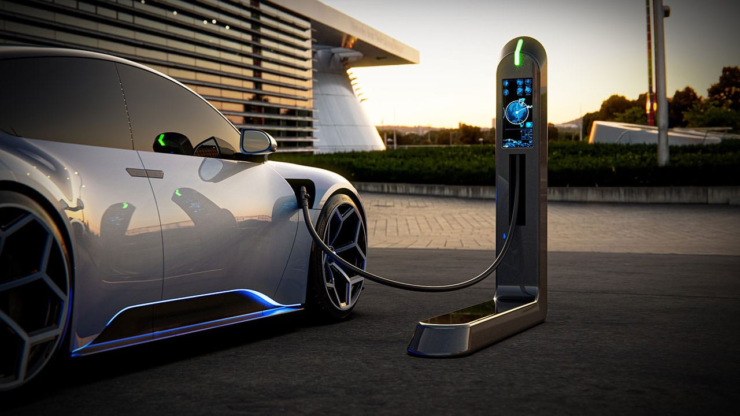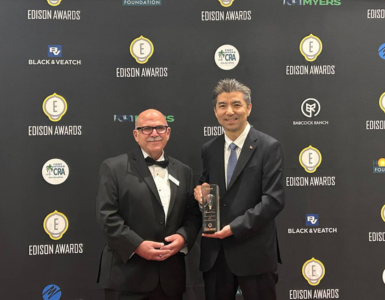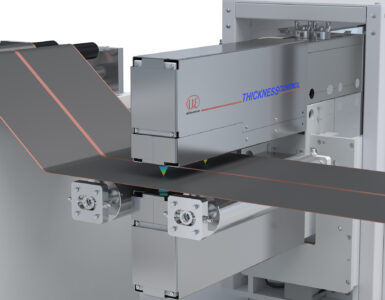Safer electrolyte for lithium-ion batteries works well in frigid regions. Electric vehicles are growing widely worldwide; they may replace fossil fuel vehicles in the future as EVs are more efficient than fuel vehicles, have lower running costs, less maintenance, and are environmentally friendly. Batteries are the most common chemical energy storage systems used in EVs. Lithium-ion batteries are the dominant battery system in EVs because they exhibit high energy density and long life.
However, extremely low temperatures can reduce Lithium-ion batteries’ energy and power capacity. The main problem lies in the liquid electrolyte that transfers charge-carrying particles called ions between the battery’s two electrodes, causing the battery to charge and discharge. But the liquid begins to freeze at sub-zero temperatures, limiting the effectiveness of electric vehicle charging in cold regions and seasons.
To overcome these problems, the U.S. Department of Energy’s (DOE), Argonne National Laboratories, and Lawrence Berkeley National Laboratories team of scientists developed a fluorine-containing electrolyte that performs well even in sub-zero temperatures.
The team investigated many fluorinated solvents. They identified the structure with the lowest energy barrier to release Lithium-ions from the clusters at sub-zero temperatures.
🔥 What about we co-host a webinar? Let's educate, captivate, and convert the battery economy!
Batteries News is the global go-to online magazine for the battery industry, we can help you host impactful webinars that become a global reference on your topic and are an evergreen source of leads. Click here to request more details
Scientists have revealed that fluorination or higher levels of fluorination near the ester group imposes a greater electron-withdrawing effect, resulting in lower atomic charges, lower binding energy to the Li-ion, lower ionic conductivity, and poor solubility at low temperatures.
They also determined on an atomic scale why that particular structure worked so well. It depends on the location and number of fluorine atoms in each solvent molecule.
In laboratory cell tests, the team’s fluorinated electrolyte maintained a stable energy storage capacity at minus 4 degrees Fahrenheit for 400 charge-discharge cycles. Even at that sub-zero temperature, the capacity was equivalent to a cell with a conventional carbonate-based electrolyte at room temperature.
Antifreeze electrolyte has the bonus property of being safer than the carbonate-based electrolytes currently used, as it is non-flammable.
The DOE Office of Energy Efficiency and Renewable Energy, Vehicle Technologies Office funded this work.
Fluorinated electrolyte works in sub-zero temperature, which makes electric vehicles useful in areas where the temperature is low. Also, this can help battery technology evolve and be used for various purposes.
READ the latest Batteries News shaping the battery market
Safer electrolyte for lithium-ion batteries works well in frigid regions, May 22, 2023







